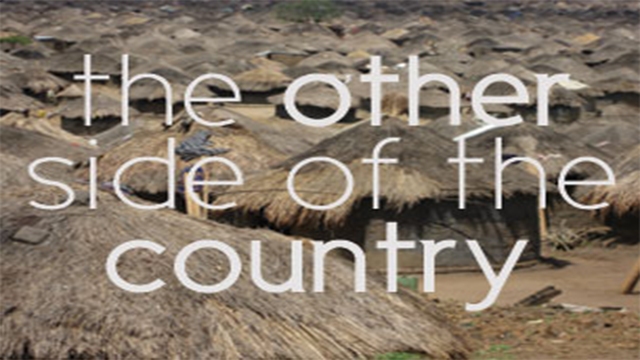The Other Side of the Country
In North Uganda, rebels are kidnapping children in order to indoctrinate them and use them as human shields. These are the victims' stories.
 War between government forces and the Lord's Resistance Army has ravaged Northern Uganda for the last 30 years. The Northern region's population has been cruelly forced onto the frontline. Since the beginning of the conflict, rebels have abducted over 60,000 children from their homes, where they are indoctrinated and used in the war like human shields.
War between government forces and the Lord's Resistance Army has ravaged Northern Uganda for the last 30 years. The Northern region's population has been cruelly forced onto the frontline. Since the beginning of the conflict, rebels have abducted over 60,000 children from their homes, where they are indoctrinated and used in the war like human shields.
In Kampala, President Museveni parades his country's economic success to Western onlookers. Despite his claims that the Uganda People's Defence Force are crushing the LRA, north of the Nile, the countryside is still menaced by rebels. These rebels kidnap local children and use them to help fight. Children are taken 'because the rebels want somebody they can indoctrinate.' explains Angelina, 'they are the people lined on the frontline when they have to confront any military group, any government soldier.'
Angelina takes us to Aboke College where her 14-year-old daughter Charlotte was kidnapped by rebels in 1996. During this school attack 139 girls were taken. 'When we arrived, this school that looked so beautiful, it looked like a burial ground. There was misery everywhere. The books were littered everywhere' she explains. The teachers managed to get back 109 girls, but 30 were retained, Angelina's daughter was one of them. "Everyday, we were wondering: Has the child died today?" Finally 8 years later, Charlotte returned home.
Sadly Angelina's story is among many tales of the rebels' horrifying actions towards children. Caroline, a 12 year old tells how she travels six miles for a safe place to sleep every night. She is terrified to go home after the rebels took one of her brothers. "He never came back. We think he died." Angioletta tells of her two children who were abducted while she escaped, "My children were given luggage to carry, they got tired and wanted a rest - the rebels just killed them on the spot and left their bodies." Will these stories ever cease to exist?
FULL SYNOPSIS
